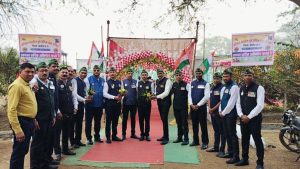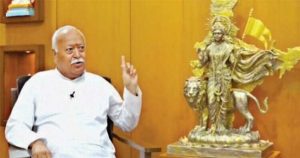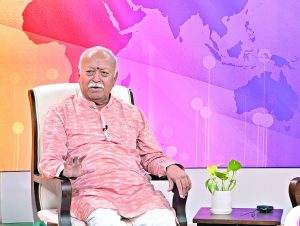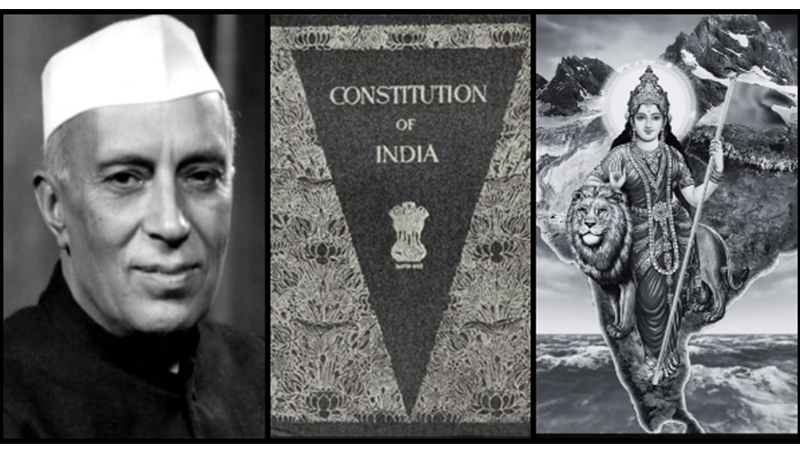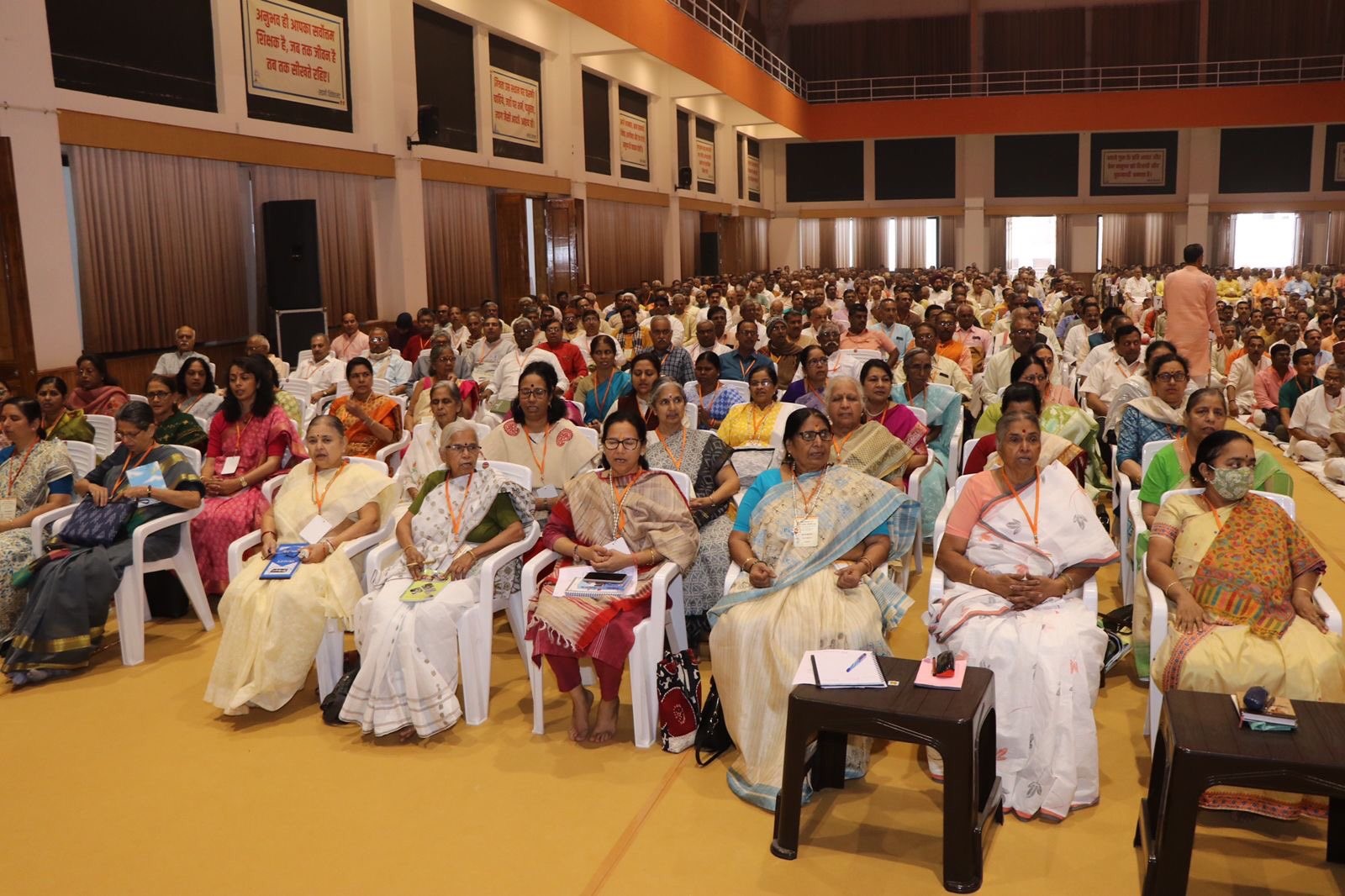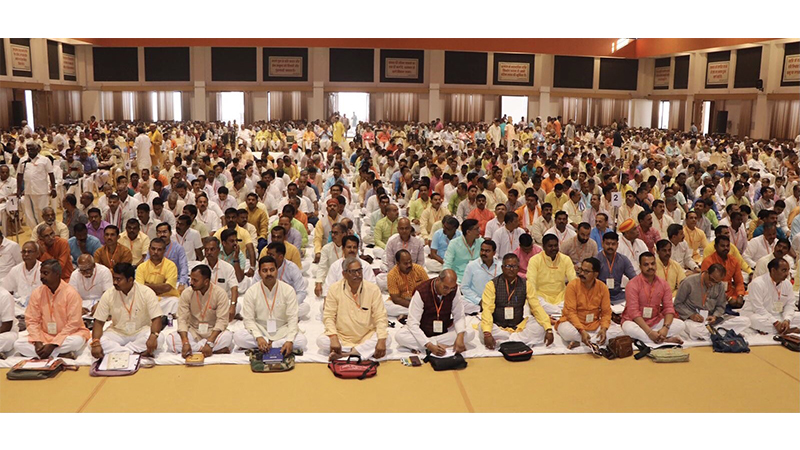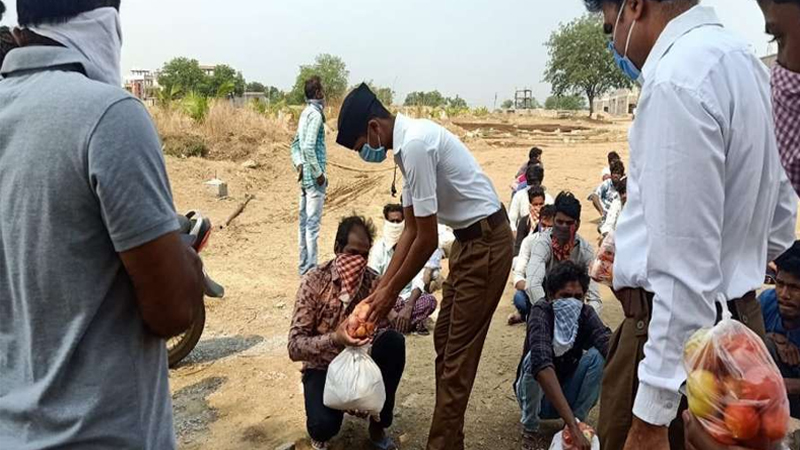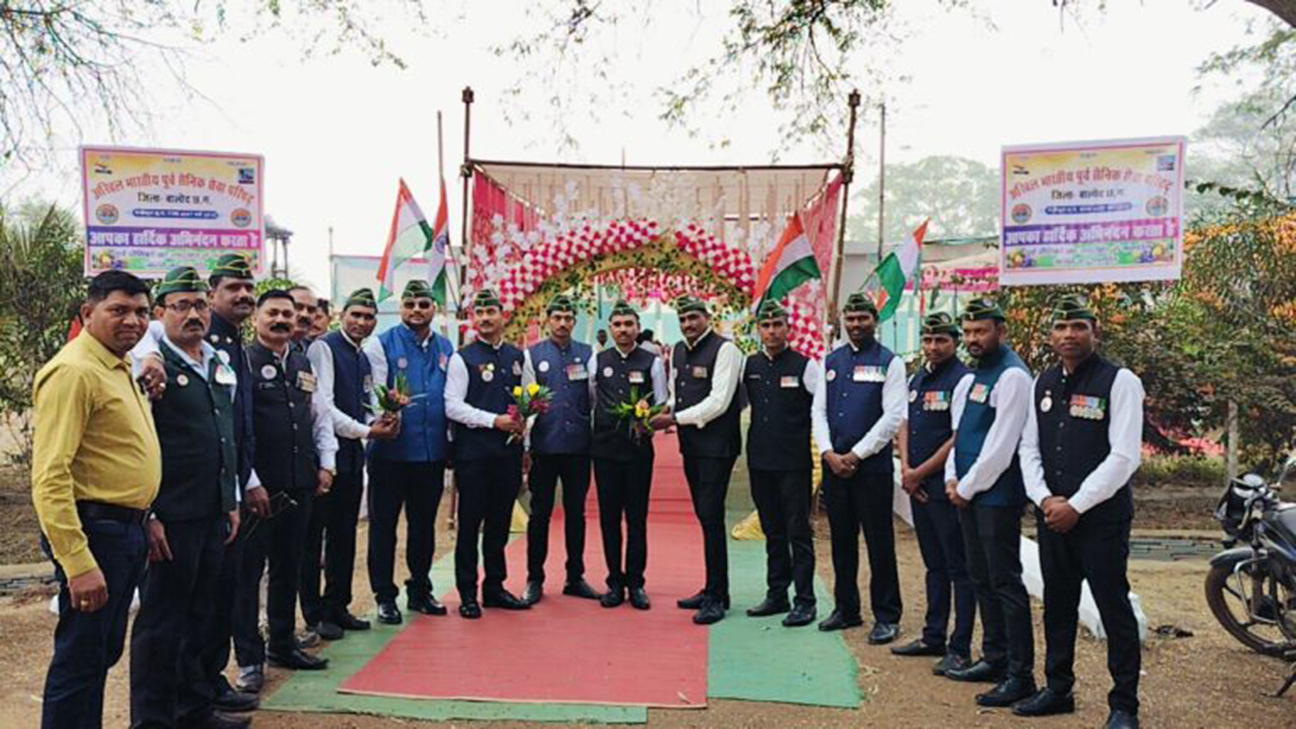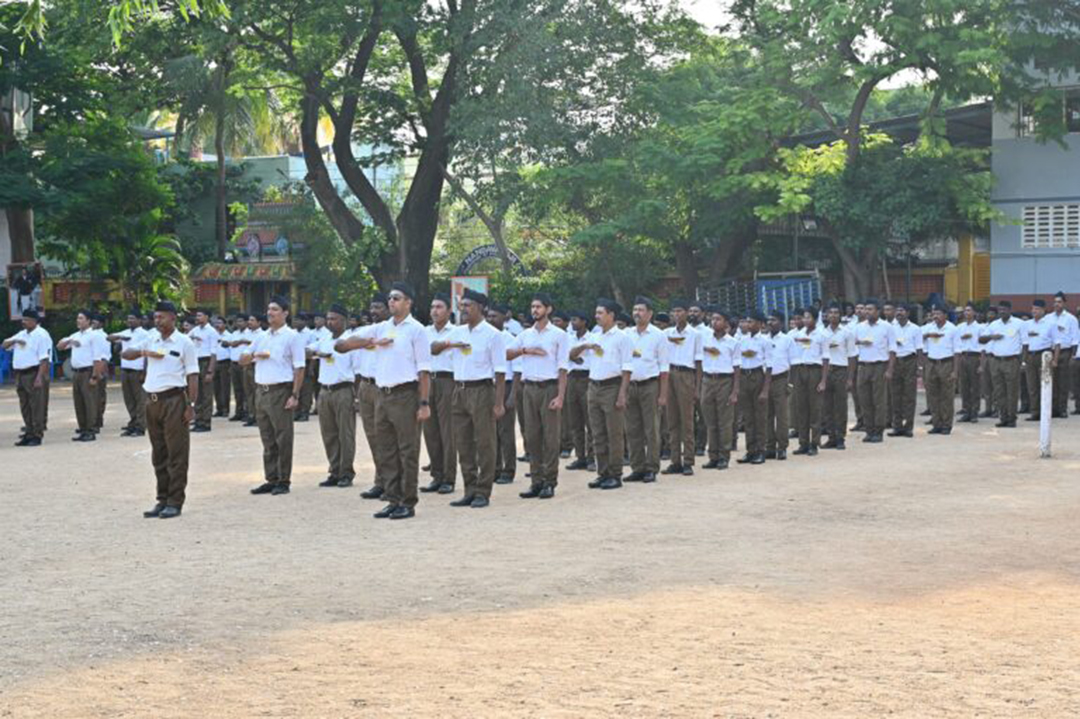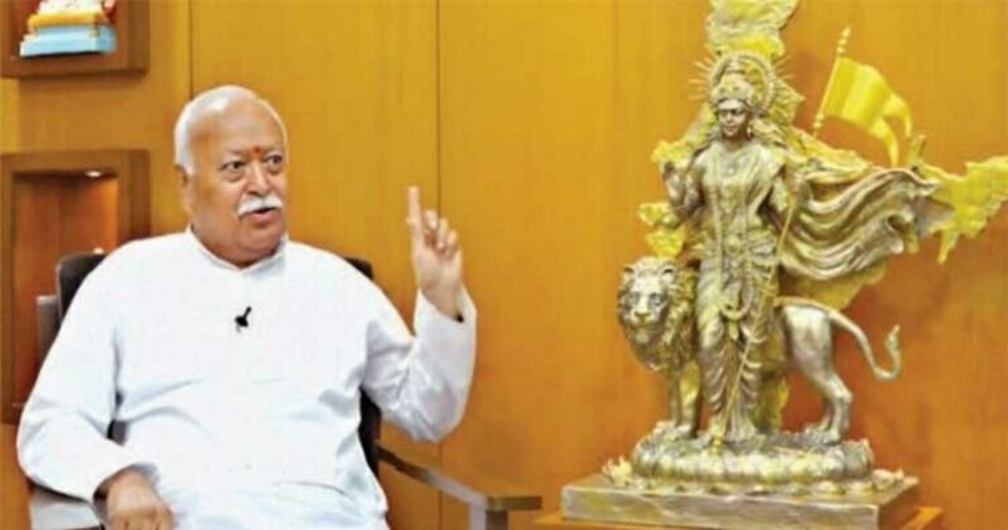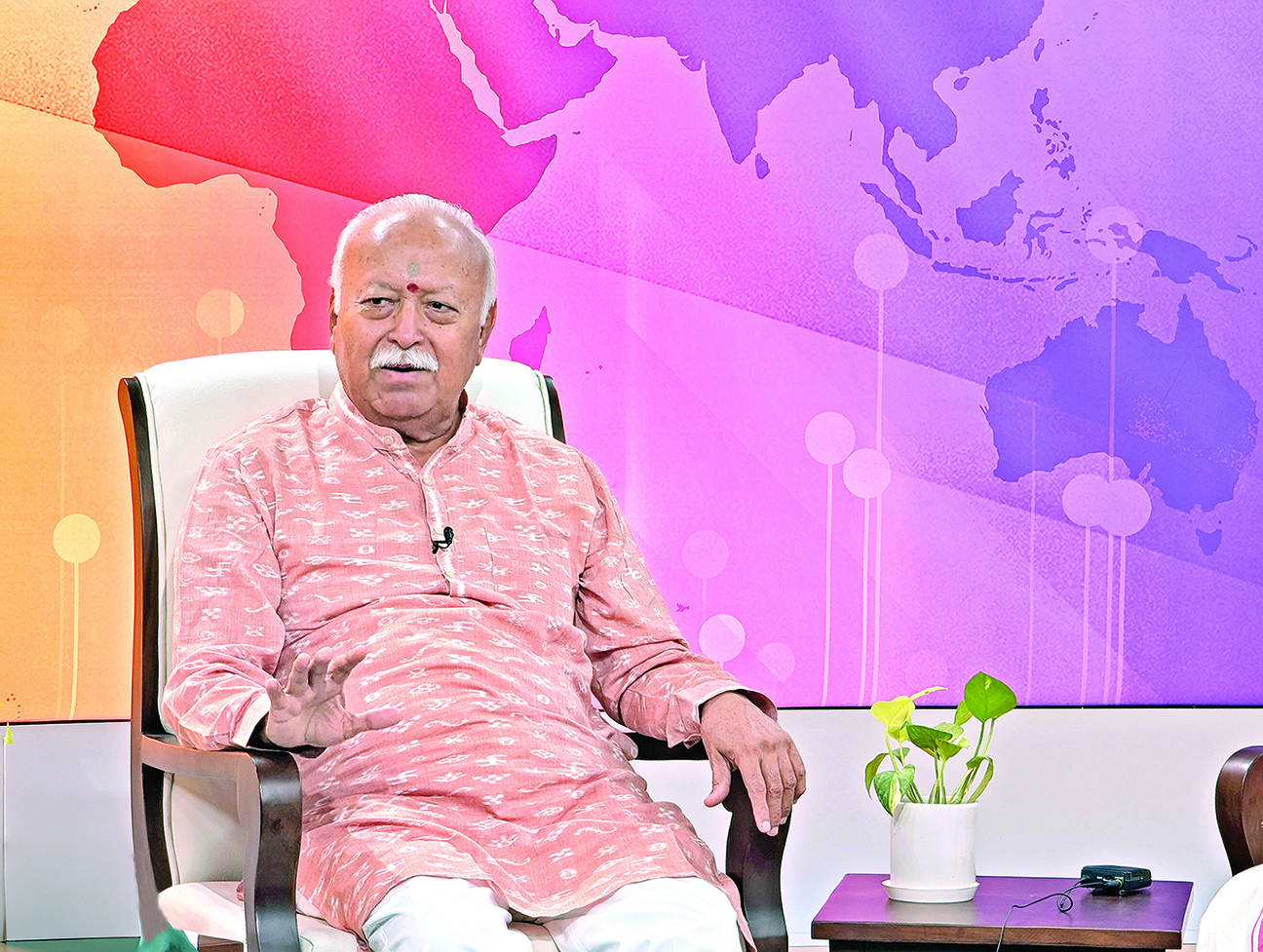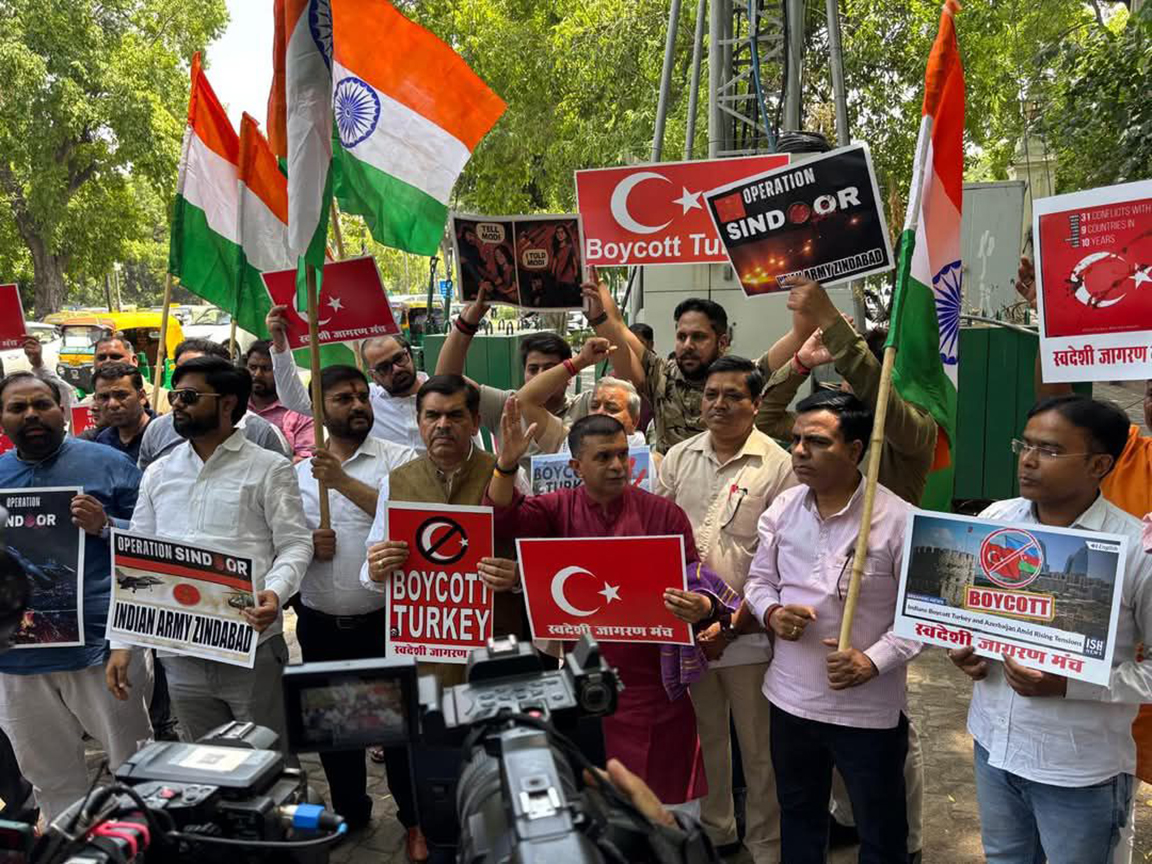Making of a global organisation: A brief history of VHP
Updated: September 24, 2024 13:02
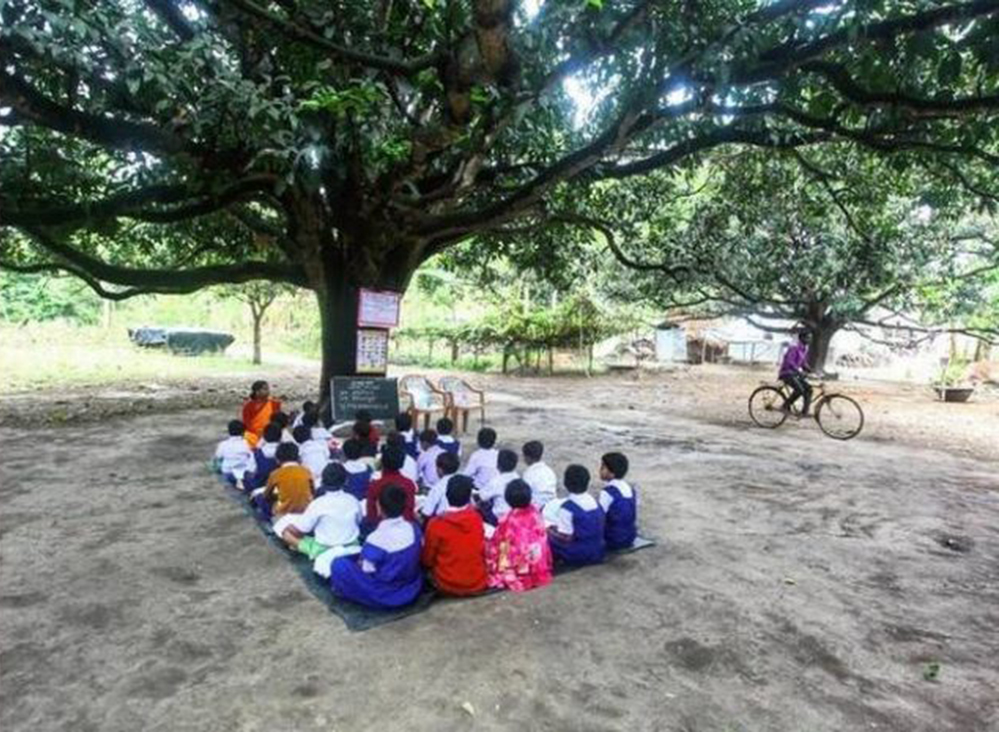
Not many people know how the word ‘vishva’ (world) figured in the Vishva Hindu Parishad (VHP), an organisation inspired by the Rashtriya Swayamsevak Sangh (RSS). In 1950s, Hindus living in Trinidad sent their Parliamentarian Dr ShambhunathKapildeo to meet Jawahar Lal Nehru-led government in India to arrange some Hindu priests (Pandit) as they felt they were being deprived of their ‘Hindu samskaras‘. But he was taken aback when his proposal was turned down by the government as it was perceived as a communal one. He then met RSS Sarsanghchalak (MS Golwalkar, fondly known as Guruji, who not only solved his problems but also understood the difficulties faced by the Hindus living in foreign countries.
“The RSS realised that there was a need to connect with the Hindus living abroad as they sought to retain their cultural identity,” wrote Arun Anand, author of two books on the RSS, in an article in The Print.
It further added, “Apte (an RSS full-time worker Shiv Shankar Apte) was entrusted with the task of doing the ground work by Guruji for setting up an organisation that could create awareness about ‘Hindu Dharma’ in India and abroad, while bringing all the religious sects together to usher the Hindu society into a new phase of social reforms so that marginalised sections of the society, facing discrimination, did not fall prey to conversions.”
Another key trigger for the formation of the VHP was the report of the ‘Christian Missionary Activities Inquiry Committee’ by retired judge Bhawani Shankar Niyogi in 1956. The committee, set up by the then Congress government of Madhya Pradesh, to look into the complaints of conversion of tribal Hindus to Christianity, highlighted how serious the issue was by referring to the large-scale religious conversions taking place in the state.
The report said, “since the Constitution of India came into force there has been an appreciable increase in the American personnel of the missionary organisations operating in India. This increase is obviously due to the deliberate policy of the International Missionary Council to send evangelistic teams to areas of special opportunities opened to the Gospel by the Constitutional provision of religious freedom in some of the newly independent nations, equipped with new resources for mass evangelism through the press, film, radio and television.” The report also pointed at the “enormous sums of foreign money flow into the country for Missionary work comprising educational, medical and evangelist activities” and also how “schools, hospitals and orphanages are used as a means to facilitate proselytization….Tribals and Harijans are the special targets…conversions are mostly brought about by undue influence, misrepresentation.”
Moved to the core by the report RSS Pracharak(full-time worker) and journalist SS Apte took an in-depth study of the problem. The founder of news agency Hindusthan Samachar, Apte had also seen during his visits to various countries how the Hindus living abroad were gradually getting cut off from their motherland. Tasked with carrying out the groundwork for setting up a global organisation rooted in Indian values, Apte travelled for nine months across the country and abroad covering over 30 nations. He met around 200 prominent personalities and wrote letters to 640 dignitaries including industrialists, religious heads of various communities and invited around 150 of them for a meeting.
During this period, Hindu spiritual guru Swami Chinmayananda of Chinmay mission was also engaged in spreading Hindu culture and Hindu philosophy and had been travelling throughout the world. The deliberations had been going on and the need for an organisation to unite Hindus all over the world was also being felt.
Some years later, on 29 August 1964, around 40 delegates including RSS chief Golwalkar, Apte and Swami Chinmayananda came together at the latter’s Sandipani Ashram in Mumbai to form the VHP on the occasion of Janamashtami, the birthday of Bhagwan Sri Krishna. And thus, was born a global organisation of Hindus with the objective to unify Hindus, protect and spread Hindu culture, and strengthen contact with Hindus living abroad. Headquartered in New Delhi, the VHP has an international president and international working president. Swami Chinmayananda was elected as the first working president while Apte, better known as Dada Saheb Apte, became the first general secretary of the VHP. It was formally registered on 8 July, 1966.
The topmost goal of the VHP, as was decided in the meeting, is to remain in the vanguard for organising and strengthen the Hindu society. The other two goals are-to propagate throughout the world the ethical and spiritual principles as also philosophy and conduct of Hindu Dharma that are in tune with the modern times; to establish and strengthen contacts with the Hindus abroad and extend necessary assistance to them, as per the official website of the VHP.
Among those who attended the meeting were top Akali leader Master Tara Singh, Shiromani Akali Dal president Gyani Bhupinder Singh, spiritual leader Swami Shankaranad Saraswati and Bhartiya Vidya Bhavan founder Dr KM Munshi.
In the meeting, it was decided to organise the first World Hindu Conference (Vishva Hindu Sammelan) at Prayagraj in Uttar Pradesh on the occasion of Mahakumbhin January 1966. Over 25,000 delegates from all over the country and from different parts of the world took part in it. Bhupinder Singh of Shiromani Akali Dal in his speech said that there was an imperative need to organise Hindus and that he totally supported the idea of convening such a conference. The conference was chaired by the retired Chief Justice of Calcutta High Court Rama Prasad Mookerjee, the brother of Bhartiya Jan Sangh founder Shyama Prasad Mookerjee.
Second World Hindu Conference, in which over 50,000 delegates took part, was held in 1979 and the third one in 2007, both at the same place in the month of January on the auspicious occasion of Kumbh Mela. The second conference was inaugurated by exiled Tibetan spiritual leader Dalai Lama.
“Meanwhile, a number of smaller international Hindu conferences were organised abroad from the early 1970s onwards especially in the United State of America and Britain. From 1965 onwards, the VHP kept on organising dozens of Hindu conferences in various parts of the country to create awareness about its work and expanding its organisational work,” wrote Anand.
The first major expansion of the VHP took place during 1964-1983 when state-level units were formed in over a dozen states and the Union Territories including Delhi, Karnataka, Kerala, Rajasthan, Bihar, Gujarat, Uttar Pradesh, Punjab and Assam. Overseas units were set up in 1970s in 30 countries, including the USA, the United Kingdom, Canada, Trinidad, Guyana, Suriname, West Germany, the Netherlands, Denmark, Australia, Hong Kong, Sri Lanka, Singapore, and in most of the South-East Asian countries.
During this period, various wings were set up focussing on women, social service, temples and religious institutions. One of the main wings or the departments -DharamprasarVibhag- was set up to spread awareness about Hindu Dharma. Other departments that came up included Seva Vibhag, DharmacharyaSamparkVibhag, Mahila Vibhag, Math Mandir Vibhag, Sanskrit Vibhag, Archak Purohit Vibhag, Yog Vibhag and Ved Prasar.
By 1980s, the VHP had become quite influential. “One of the important events the VHP is associated with is the Ram Janambhoomi movement. “The VHP was at the forefront of the Ram Janambhoomi movement since it began in 1983 but a little-known fact is that the organisation had been quietly preparing to launch a mass movement for the temple some 19 years before it,” said Anand in his article.
The youth wing of the VHP Bajrang Dal came into existence on 8 October, 1984 in Ayodhya to give protection to the VHP leaders and the saints during Ram Janambhoomi protest and Rath Yatra when Uttar Pradesh government refused to protect them. Since then, it has been spearheading campaigns for cow protection, anti-conversion and preventing ‘love jihad’. Some years later, Durga Vahini was created for young women between the ages of 15-35 years. It is “committed to the protection of Rashtra Dharma and Sanskriti through bringing about a renaissance in the Hindu society with service, security and samskaras as its motto,” states VHP on its website.
The VHP is involved in a number of social works through its volunteers in villages, including far-flung tribal areas. One of its most important initiatives is Ekal Vidyalyas. These are one-teacher, informal schools run by the VHP mostly in tribal areas and in the villages with high population of the Scheduled Castes and the Other Backward Communities (OBC). Over 2.3 million children have been enrolled in these schools which are imparting primary education to the children aged 6-14 years in about 87,000 villages. Some of the connected schemes run by the VHP in these villages are Ekal Arogya Yojna for facilitating free healthcare for villagers, Ekal Gramothan Yojna for imparting trainings aimed at self-empowerment and Ekal Nari Sashaktikaran focussing on women empowerment.
VHP’s other seva (community service) projects are in the area of child welfare, women empowerment, orphanages, healthcare, medical emergency, medical aid and relief works during natural calamities. It also carries out socio-cultural activities, dharma prachar (preaching dharma) and samajiksamrasta (social harmony).
(The writer is a senior journalist)
